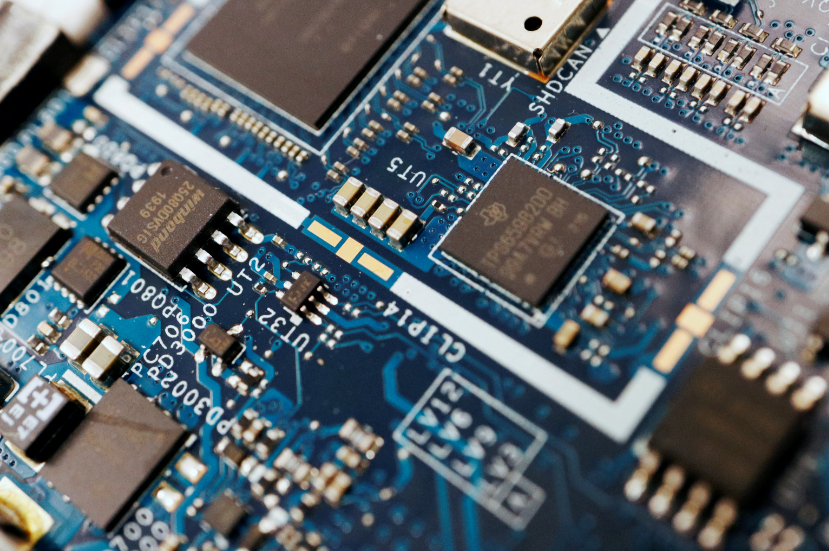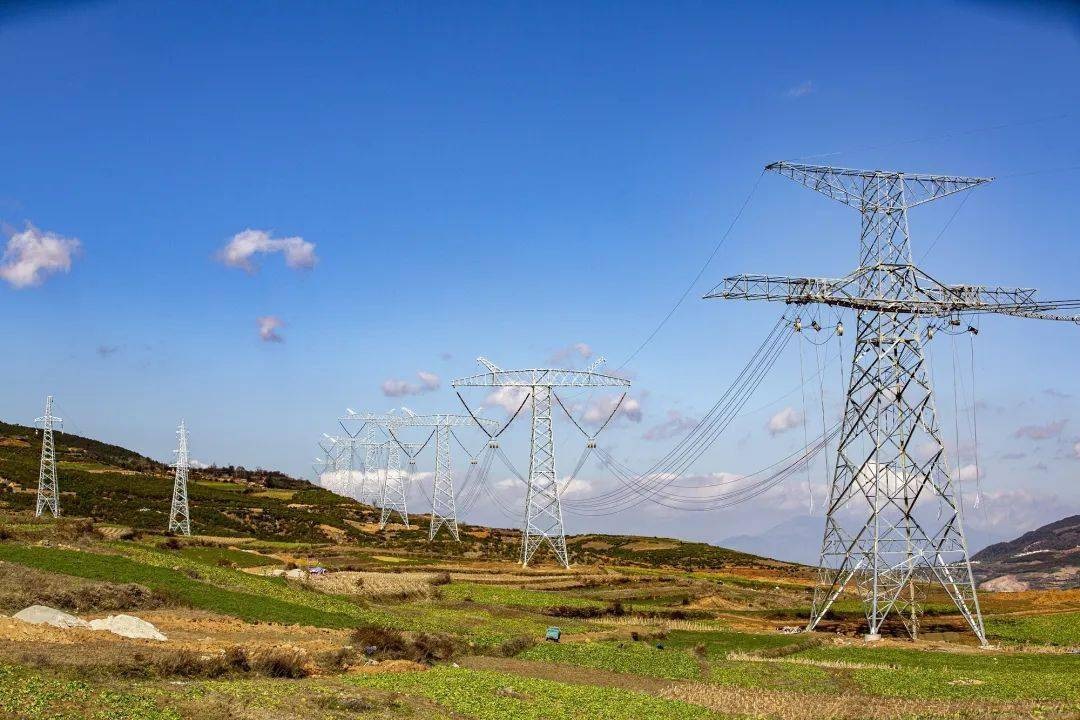
Recently, industry estimates show that the tariff policy introduced during the Trump administration may cause US chip equipment manufacturers to lose more than $1 billion each year. This figure not only reveals the direct impact of trade protectionism on the semiconductor industry, but also reflects the complex game of global supply chain reconstruction.
According to industry estimates, the three major US chip equipment giants Applied Materials, Lam Research and KLA-Tencent may lose about $350 million each year, and small and medium-sized enterprises such as OntoInnovation also face tens of millions of dollars in additional cost pressure. These losses are mainly composed of three parts: first, the decline in revenue caused by the obstruction of exports of mid- and low-end equipment. For example, as an important market for global semiconductor equipment, China’s tariff barriers directly weaken the price competitiveness of US companies; second, the cost of supply chain restructuring. Companies need to spend huge sums of money to find alternative suppliers and adjust production processes to adapt to complex tariff compliance requirements; third, administrative expenses increase, such as the manpower and time costs of responding to tariff declarations, compliance reviews and other links. It is worth noting that while the Biden administration continues to control semiconductor exports to China, Trump’s tariff policy has further exacerbated industry pressure, forming a double squeeze.
The impact of tariffs on chip equipment manufacturers is not an isolated phenomenon, but has triggered systemic risks in the industrial chain. First, American companies are highly dependent on the global supply chain. A chip device needs to integrate thousands of specialized components. Tariffs lead to higher procurement costs for key materials, which in turn push up the prices of end products. For example, Oregon, as a major semiconductor center in the United States, saw its chip exports plummet by $5.7 billion in 2023, highlighting the negative impact of tariffs on the regional economy. Secondly, under the pressure of tariffs, China's semiconductor equipment industry is accelerating its independence process, reducing its dependence on the United States, and further compressing the market share of American companies. The case of Nvidia's restricted sales of H20 chips shows that technological blockades and tariff barriers are forcing the global semiconductor industry to redefine its sphere of influence.
Faced with the impact of tariffs, chip equipment manufacturers are reducing risks through multiple strategies. At the technical level, companies are increasing their R&D investment and trying to ease cost pressures through process innovation or domestic equipment substitution. For example, Applied Materials has launched a local capacity expansion plan and is working with customers such as Intel to develop customized solutions. At the policy level, industry organizations have held intensive dialogues with the government to promote tariff exemptions or subsidy policies. The Semiconductor Industry Association (SEMI) continues to lobby the government, emphasizing the damage of tariffs to the competitiveness of the industry, and the Biden administration's $39 billion manufacturing subsidy through the CHIP Act is also seen as an important measure to hedge the negative impact of tariffs. In addition, some companies have turned to markets such as Southeast Asia and Europe to diversify their dependence on a single market.
The impact of the US tariff policy on chip equipment manufacturers will continue to ferment. In the short term, companies need to absorb the additional costs brought by tariffs and accelerate the localization of the supply chain; in the long term, the global semiconductor industry may form a "China-US dual circulation" pattern, and technological autonomy and supply chain regionalization will become an irreversible trend. Against this background, the rise of China's semiconductor equipment industry, the implementation effect of the US CHIP Act, and the evolution of Sino-US trade relations will become key variables that determine the future direction of the industry. For American companies, balancing technological innovation, cost control and global market expansion will be the core proposition of their survival and development under the shadow of tariffs.
In summary, the estimated loss of $1 billion is only the tip of the iceberg of tariff impact. From equipment manufacturers to the entire semiconductor ecosystem, the global industrial chain is undergoing an unprecedented stress test, and this industrial restructuring caused by trade policies will eventually reshape the future pattern of technological competition.

報告顯示,中國電力投資加速增長,預計2024年電網基建投資將超過5300億元。
近日,市場迎來了一則引人注目的消息:工業巨頭3M公司(MMM.N)在本周五公布了其季度業績報告,隨後股價飆升至近兩年來的
最近,外媒給OpenAI算了筆賬,今年可能要血虧50億美元。
近日,巴黎奧運會和世界鐵人三項協會聯合發布了一項重大決定,宣布因塞納河水質污染問題,原定於近期進行的奧運會鐵人三項首次下
當地時間7月18日,法國巴黎發生了一起令人震驚的持刀襲警事件。
近期,一則重大消息在國際舞臺上引起軒然大波,馬來西亞宣布加入金磚國家。
調查發現,互聯網和智能手機的使用幹擾了韓國近五分之一學生的生活。